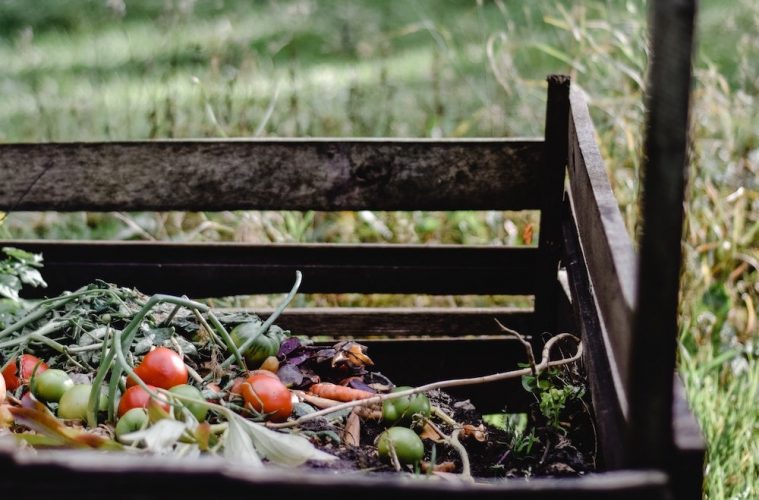As gardeners, we understand the importance of the natural world. Going green in your garden can minimise your carbon footprint while making the process of gardening simpler too. And the good news is, it’s easier than you might think to make some small changes that have a big impact, without breaking the bank. Try these DIYs to make your garden more environmentally friendly.
Upcycle containers
You probably already have items around the house or shed that would make perfect containers for potted plants. Repurpose jars, bowls, mugs, crates, and anything else that can hold soil, into new homes for your plants. This way, you score two environmentally friendly wins – you’re reducing your consumption, as well as reusing goods.
If you do need to buy new planters, head to the second-hand store first. There, you’ll find a vast selection of objects you can use as planters. Thrifted items like antique jars and vases make eco-friendly planters and won’t cost you much. Just make sure to drill holes in the bottom of your repurposed container for drainage before planting inside.
Start composting
Composting keeps your green waste out of landfills and nourishes your garden. Starting your own compost pile might be the easiest way to make your garden more environmentally friendly – just toss your green waste into a sustainably sourced bin and let it work its magic.
You can add lots of material to your compost pile including vegetable peels, lawn clippings, egg cartons and shells, and more. Once your compost pile had adequately decomposed, add it to the soil to give your garden a health boost.
Use natural pest control
When you have a pest problem in your garden, it can be tempting to turn to pesticides to get rid of them. Luckily, there are a few DIY natural pest control options to help eliminate the problems.
Use natural garlic spray to repel flying and crawling insects, as well as to help treat mildew. For weed control, add a healthy layer of homemade compost to your garden. These natural methods of pest control keep your garden free of harmful chemicals, helping the surrounding environment.
Words: Madison Mouton
Image: Eva Bronzini for Pexels
Read more: How to grow chillies at home


